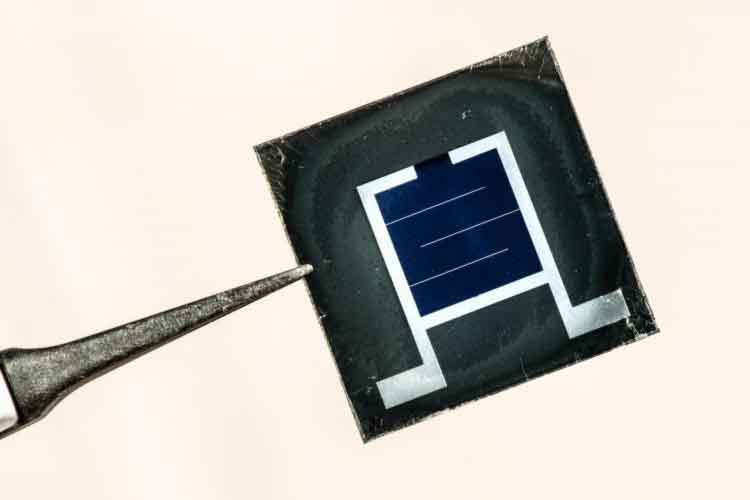- Perovskite materials are increasingly popular as the active layer in solar cells, but they are unstable.
- Researchers examined degradation factors that influence performance.
- They clarified the factors influencing the degradation and they summarized some feasible approaches for durable perovskite photovoltaics.
Perovskite materials are becoming increasingly popular as the active layer in solar cells. Internal forces in these materials cause distortions in their crystal structures, reducing symmetry and contributing to their intrinsic instability. They are also subject to environmental degradation.
Researchers at Soochow University examined the mechanisms at play due to this intrinsic instability, as well as several degradation factors that influence the performance of perovskite photovoltaics. In a research update published in APL Materials, by AIP Publishing, the researchers clarified the factors influencing the degradation and they summarized some feasible approaches for durable perovskite photovoltaics.
“It is important to understand the degradation mechanisms under different conditions, including light, heat, humidity, electrochemical environment, and intrinsic stability, if you want to improve the durability of perovskite solar cells,” author Zhao-Kui Wang said. “It is important to guarantee that the perovskite and the other layers have the best intrinsic stability and then to do some adjustments for further improving environmental resistance.”
The update focused on chemical degradation caused by the transporting layers in solar cells. It also considered the intrinsic stability of the perovskite layer and the environmental factors of moisture, oxygen, light, and heat.
The authors indicated that compositional engineering and bonding passivation, which is a process of reducing tiny gaps in these materials, are promising methods that are involved with doping, modifying, and adjusting the perovskite films and device durability.
The authors also highlighted the benefits of hydrophobic materials, wide-bandgap materials, and ionic liquids in optimizing the photovoltaic durability under different environmental conditions. For example, they suggested fabricating a 2D-3D heterostructure in the perovskite material to enhance its air stability.
The authors note ionic liquids are promising because of their ability to suppress ion migration, which is important for ensuring thermal stability and for retarding light-induced degradation. Such ionic liquids can be easily modified to possess hydrophobicity for moisture filtering.
“The low volatility means ion liquids can be considered an environmental-friendly solvent for perovskites, yet the efficiency of the device still needs improvement,” Wang said.
The authors encourage others to continue looking for materials with specific ranges of energy conduction, known as wide-bandgap materials, that increase stability in perovskite photovoltaics.
“We have proposed the concepts of pure oxygen stability and flexible stability, which are valuable for other researchers to pay attention,” Wang said. “Moreover, we hope that these strategies are not only useful in perovskite solar cells but also in other photoelectrical systems, such as organic photovoltaics, photodetectors, and light-emitting diodes.”














Comments